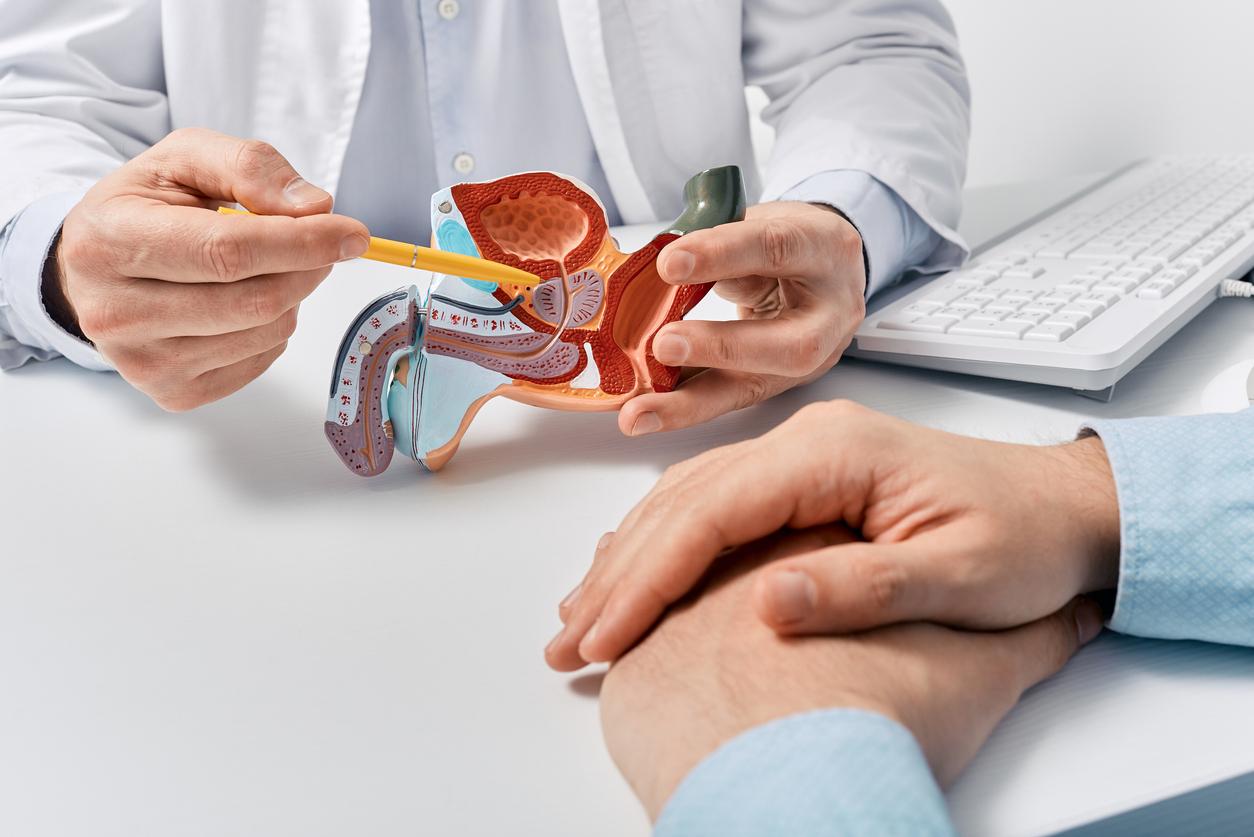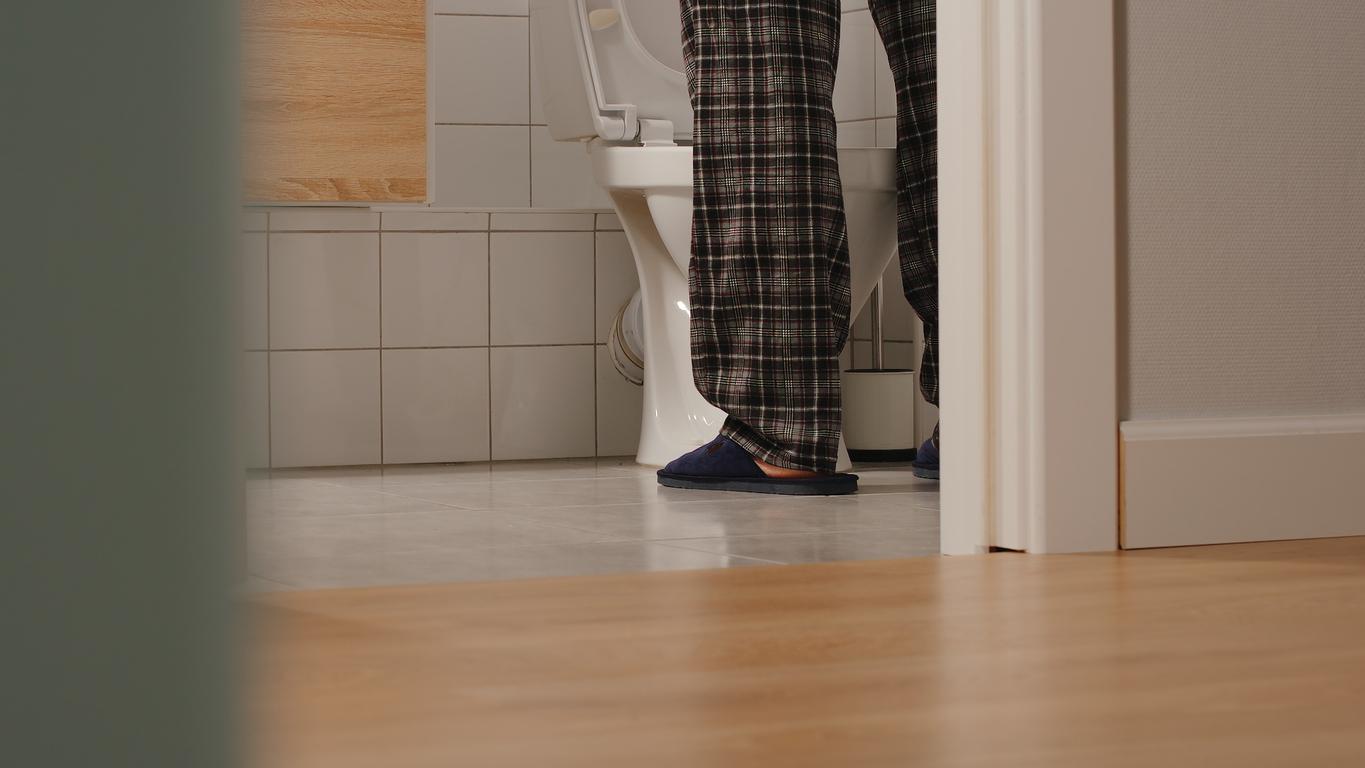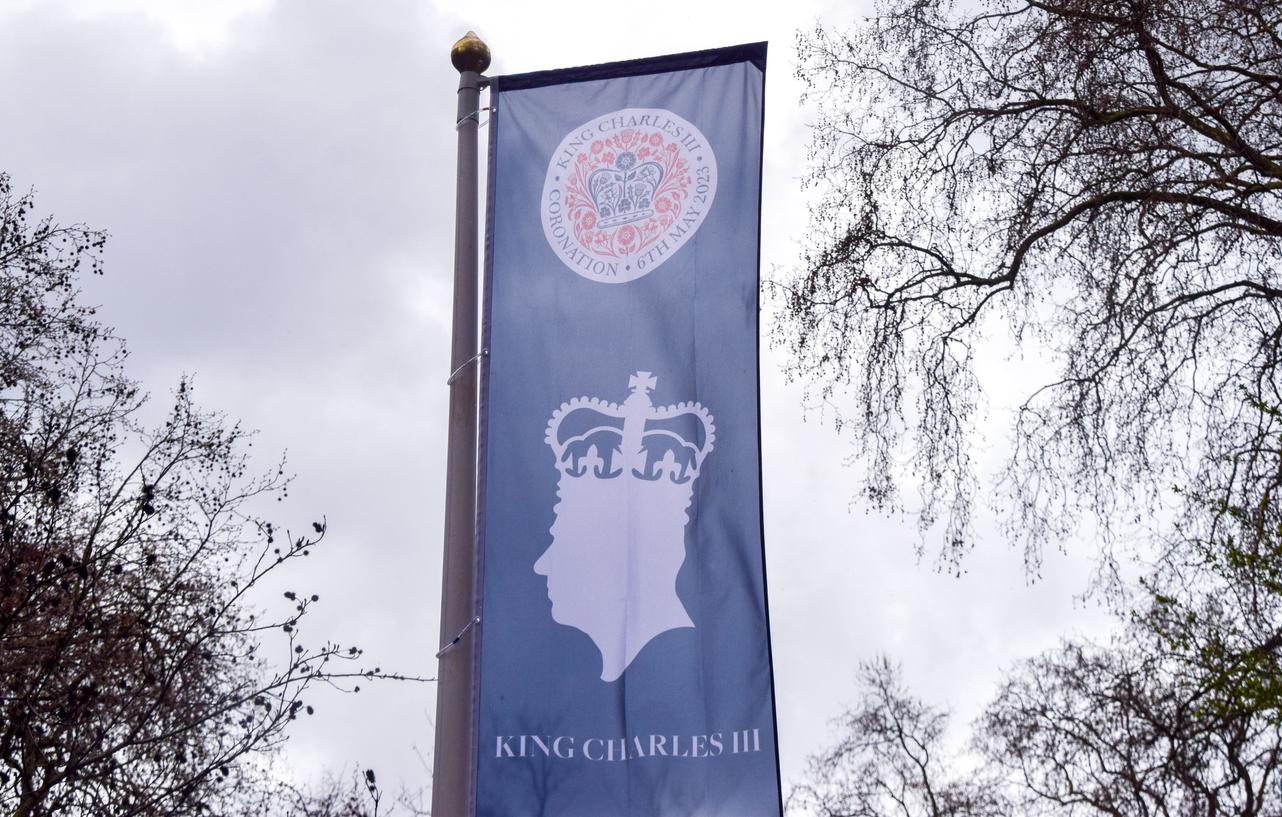Prostate adenoma is a common condition in men after the age of 60. Benign, it still requires treatment because the symptoms can be very bothersome. As such, Why Doctor takes stock of the Rezum treatment, with urologist Dr Khodari.

- More than one in three men are affected by prostate adenoma after the age of 70, i.e. an increase in its volume leading to compression of the urethra preventing emptying of the bladder from taking place correctly.
- Among the possible treatments, the Rezum water vapor technique is innovative and has many advantages including preserving sexual functions or even being carried out in just ten minutes on an outpatient basis.
- To qualify for this device – which is not yet available in all hospitals – the prostate must have a volume between 30 and 80 grams.
According to Health Insurance data, prostate adenoma affects 37% of men after the age of 70, or more than one in three men. “This is a benign enlargement of the prostate, explains Dr Khodari, urologist at the Paul Picquet Clinic. When it becomes too large, the adenoma compresses the urethra and emptying of the bladder no longer occurs correctly. The symptoms – frequent need to urinate, weak urinary stream, urinary leakage, sexual dysfunction – can be very bothersome.”
“Some patients are unable or unwilling to undergo the surgery.”
Several treatments are possible to reduce symptoms. Although medications are often those used as first-line treatment, they are not effective in all cases and surgical intervention is then necessary. “But some patients are unable or unwilling to undergo the surgery and subsequent several-day hospitalization; and they are tired of living with the dizziness and sexual side effects of prescription medications”, explains the doctor. In his clinic in Yonne, he now offers his patients an alternative: Rezum water vapor treatment.
How does this Rezum water vapor treatment work?
“This technique uses the injection of hot water at 70°C into the prostate to reduce its volume. It is reserved for prostates whose volume is between 30 and 80 grams, explains the urologist. The Rezum treatment is innovative because it offers a less invasive, safer and more effective alternative to traditional treatments for benign prostatic hyperplasia. It makes it possible to precisely target the prostate tissues to be treated, thus reducing collateral damage to surrounding healthy tissues. Unlike traditional surgical techniques which use cutting instruments, water vapor coagulates excess tissue, which is less traumatic for the body.”
The 4 advantages of Rezum treatment compared to other techniques
For patients able to use Rezum treatment, the advantages are multiple.
It is a minimally invasive technique allowing rapid recovery of activities by patients after the procedure. The hospital stay is short: “performed on an outpatient basis, the procedure [qui dure une dizaine de minutes, ndlr] limits the time spent in hospital compared to usual surgical techniques (2 days of hospitalization on average)”, underlines the doctor. What’s more, “post-operative pain is generally less intense and easier to manage than with other methods“with side effects”usually mild and temporary, such as urinary burning or mild urinary retention”, explains the specialist.
The other advantage of this treatment is the fact that it offers preservation of sexual function with the maintenance of ejaculation. Furthermore, the risks of having erectile dysfunction are lower compared to other treatments.
“Patients generally report lasting improvement in their urinary symptoms after 15 days”, adds Dr Khodari who indicates that the results seem to be stable over time. “Although short-term studies show promising results, it is still a little early to have very complete data on long-term results beyond 5 years.”, he tempers.
Last advantage, and not the least, this technique allows the doctor to adapt to different patient profiles. “Rezum can be offered to a wide range of patients, including those contraindicated to other standard surgical treatments.”
A low rate of retreatment for benign prostatic hypertrophy at 5 years
The postoperative risks of Rezum treatment are:
- urinary infection: “this is the most common risk, generally treated with antibiotics” ;
- bleeding: “although rare, bleeding may occur and require additional intervention” ;
- urinary retention: “difficulty urinating may occur temporarily after the procedure” ;
- pain: “pelvic pain may be felt for a few days after treatment” ;
- urinary incontinence: “rarely, urinary incontinence may occur” ;
- treatment failure: “in some cases, symptoms may persist or return, requiring other treatments”.
In the long term, the results of this treatment are good, “with a low five-year reprocessing rate”. However, it is difficult to have definitive data because benign prostatic hypertrophy is a naturally progressive pathology. “It is therefore normal that some patients may experience symptoms again over time.”, notes Dr Khodari. Individual factors also come into play: “Genetic factors, underlying health conditions, and lifestyle factors can influence the duration of treatment benefits”.


















